Tom
or hen? Boy or girl?
Angry Butterball (hen) pecking my leg on Youtube
Except for the young birds, -generally speaking the tom and hen are fairly easy to distinguish. Yet I am always surprised when people who arrive to get some of our pet turkeys (and have never had turkeys before) have difficulty in distinguishing gender.
Of course there are both obvious and confusing areas of gender identification.
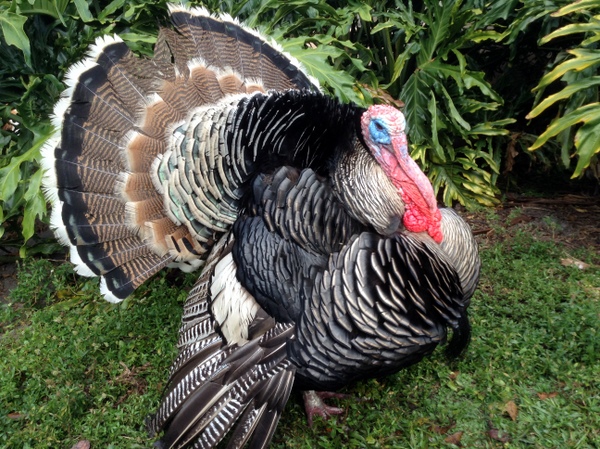
Proud tom!
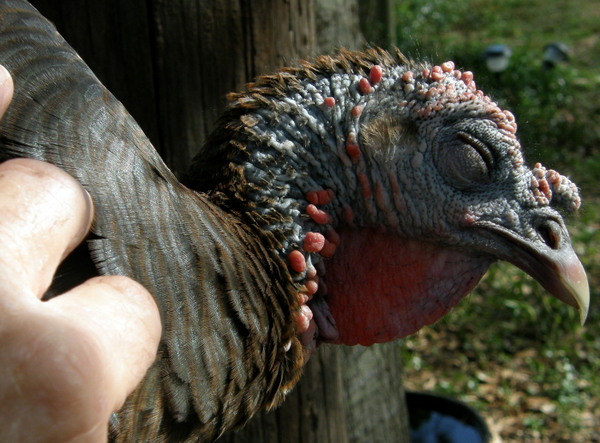
Contented hen!
Boy or girl? Tom Turkey or hen? So you have your new turkeys at home, they follow you around and even jump up to take pieces of banana from your hand. You want to name them….But are they male or female? What are the indications of gender?
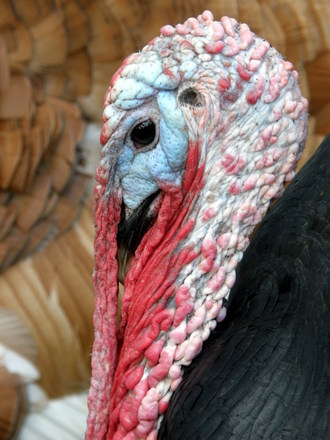
Young Male Turkey often called a Tom or Stag
Coarseness of features: The tom will have a coarser (fatter) head, whereas the head of the turkey hen will remain more slender, (more chicken like). The coarseness of the head is my best gender identification for young birds that do not show the other signs
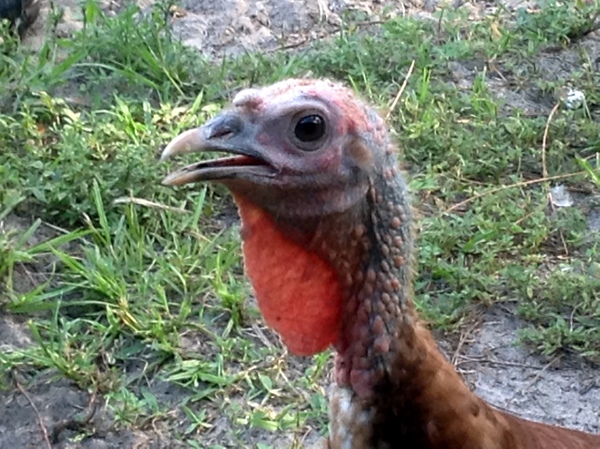
Young Female Turkey known as a Hen. Females retain chicken like features and grow a feather "Mohawk"
~
Size: At first glance, the adult Tom (male turkey) is quite a bit larger than the adult hen (female turkey). If you can view an adult male and female side by side, the height difference is one of the better indicators of gender.
~
Snood: Both male and female will have “snood” -a flap of skin that overhangs the turkeys’ beak. The hens’ snood will normally remain small (one indication of gender), but the males’ snood will shrink or elongate during episodes of anger or courtship.
The snood, like the turkeys head will turn bright red when elongated. An extended snood (3-5”) is one of the better indicators of gender. Personally we just call them ‘noodles’ & I have never-never heard anyone use the word ‘snood’.
My Turkey snood page!
~
Spurs: Generally speaking spurs (horny growth on the inside of their legs) are a male feature only, but not necessarily an indicator of gender because by the time the spurs grow out, the sex of the bird is already evident.
~
Gobble: Of course most everyone is familiar with the “turkey gobble” the toms equivalent to a rooster call. In the years of owning turkeys, I have only seen a hen gobble twice. But again, the gobble is not necessarily an indicator of gender, because as with the growth of spurs, by the time the toms begin to gobble, you already have other signs of gender-mostly size alone.
The exception to using the gobble for gender identification, is in the very young teenagers where the sex of the bird might still be in question and the awkward, funny sounding gobble makes you say “Oh, that is a boy”
~
Strut or Display: The classic turkey pose where the tail is fanned out and wings are slightly drooped to show off feathers. Classic male exhibition? Well not exactly.
The display is probably the most confusing aspect of gender identification in turkeys because the hen will also display and strut about puffed up.
Both tom and hen will use “display behavior” to communicate either reproduction availability or flock status.
For the tom, the display of fan, snood and the titillating sound of a chest thump causes the hens to swoon.
For the hens, the display of fan is used to flirt with the displaying toms. Or occasionally two hens will display as a prelude to fighting for alpha status. Other times two hens will display & puff up when first meeting while their escorting their newly hatched poults (baby turkeys)
There are occasions when the hens will display to strange humans- once again, to show the human they are higher in the flock social order.
Turkeys only a week old will strut about puffed up. Very comical.

My next book "Surviving Kennedy Space Center" available on Amazon, September 16, 2025
Peek behind the curtains of the space center

Lake 33 Killing Relic (navigates to my other web site)
Eastern Missouri, a little radioactive waste and a possible ghost, what could go wrong?
Do you need the perfect gift?
For pet lovers around the globe, "It's a Matter of Luck" is a collection of heart warming stories of horse rescues from the slaughterhouse.
Available on Amazon:
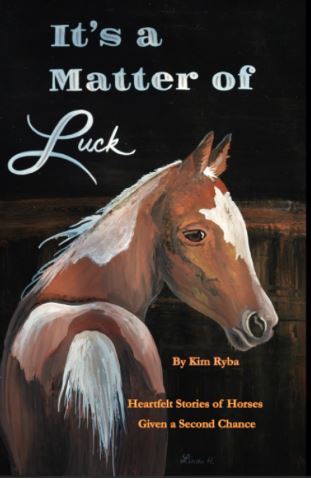
It's a Matter of Luck: Inspirational, Heartfelt Stories of Horses Given a Second Chance.
by Kim Ryba & Lina T. Lindgren
Warning: This book may cause your eyes to water -in a good way. (speaking from experience after reading it)
Please give Kim and Lina a heartfelt review on Amazon!

Author Bruce Ryba at Kennedy Space Center Launch Pad 39B & Artemis 1. "We are going to the Moon!"
Author's discussion (that's me) on You Tube of a book review on Amazon
My Facebook page Pet Turkeys You can always check in and say hello!
For the video versions of information, please check out my YouTube Channel (Turkeys, KSC, Flintknapping, dive stories etc.)
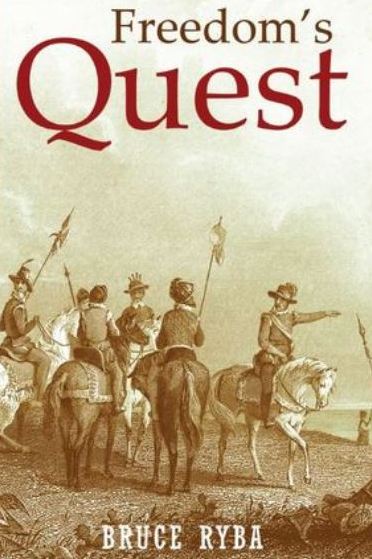
Book One of Florida History:
Freedoms Quest Struggle for the Northern Frontier and lost tales of old Florida
Fiction & language warning.
Available on Amazon
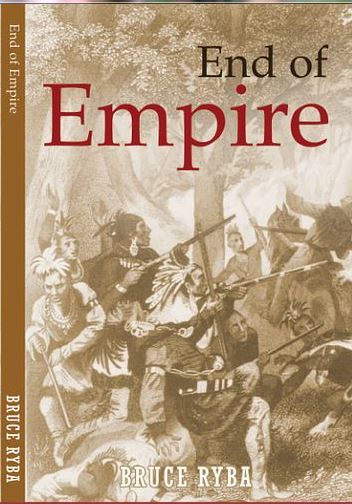
Desperate times call for bold action.
In a desperate move to retain Florida and protect the treasure-laden galleons on their dangerous return journey to Europe, the King of Spain issues a royal decree offering refuge to all English slaves who escape Florida and pick up a musket to defend the coquina walls of Saint Augustine.
In another bold gamble, the King offers refuge to the dissatisfied Indian nations of the southeast who will take up arms against the English.
Clans, traumatized by war and disease, cross the Spanish Frontier to settle the cattle-rich land and burned missions of Florida.
Follow the descendants of the conquistador Louis Castillo in remote Spanish Florida, a wildland swept by diseases, hurricanes, and northern invasions.
Book Two: Available on Amazon
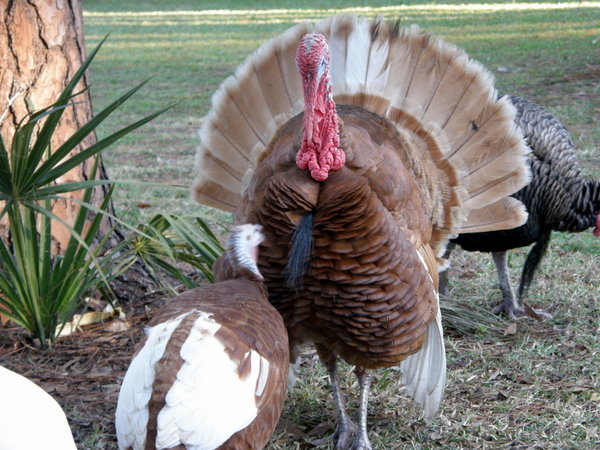
Snoods
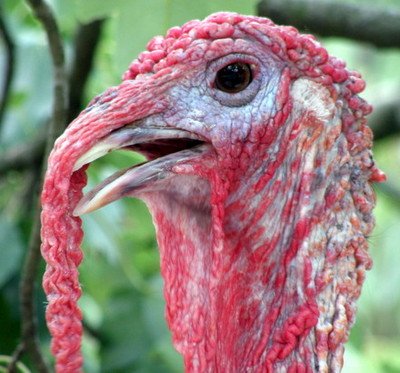
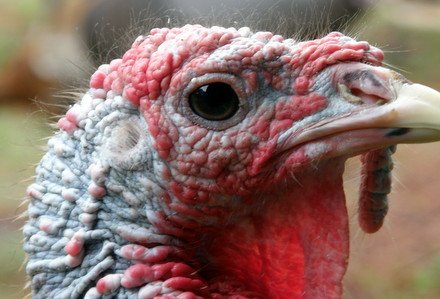
Both photos are young Toms
Spurs:
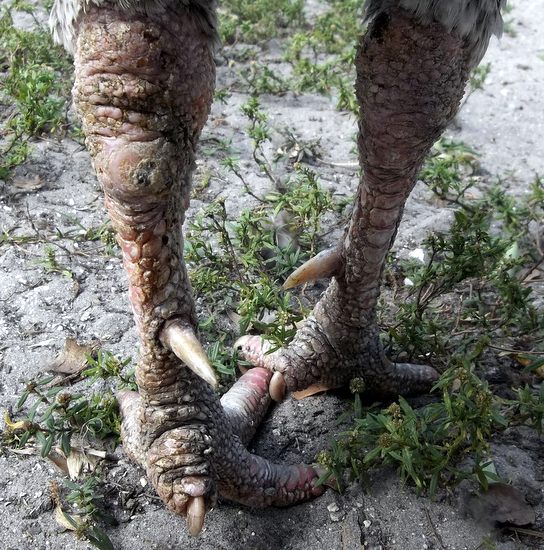
Related to a dinosaur you say?
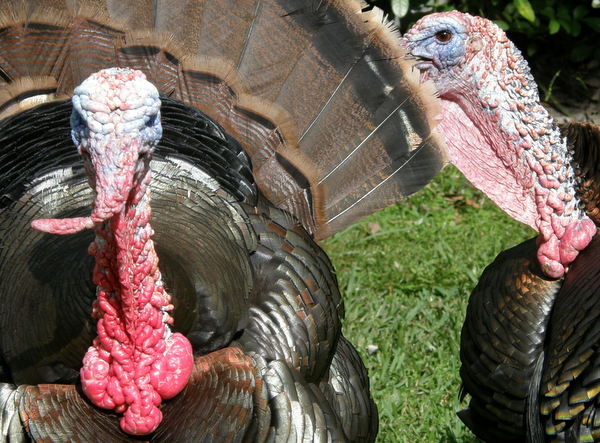
Head extended during the "Gobble"
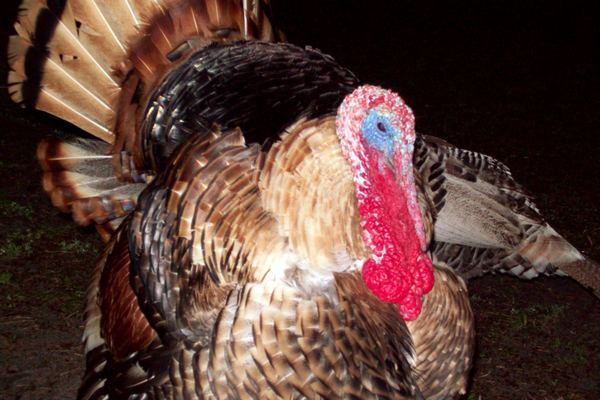
Tom "displaying"
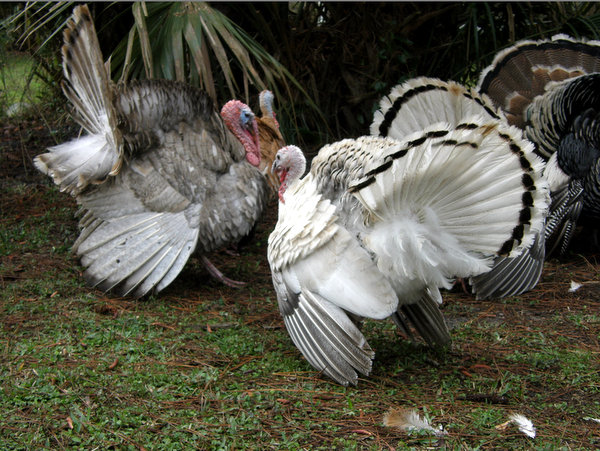
Hen "displaying"
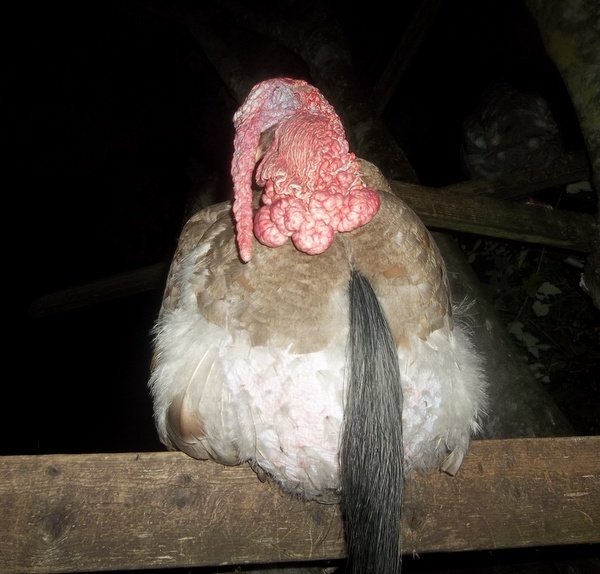
Beard: The tuft of horse hair like feathers that hang from a turkeys’ chest. Almost always black in color, the beard can growth to be a foot or more in length. Most people think the beard is a male only feature however approximately one out of six hens will have a beard.
In fact hunting regulations for wild turkeys will often specify “Male or bearded females” because of the confusion caused by the existence of the chest ‘beard’
Wattle & Caruncle: Generally speaking besides size, the wattle and caruncles are the best gender identification features in an adult turkey. The wattle is the flap of skin under the turkey beak and caruncles are bumps and growths in the throat region.----I have never-never heard anyone use the word Caruncle
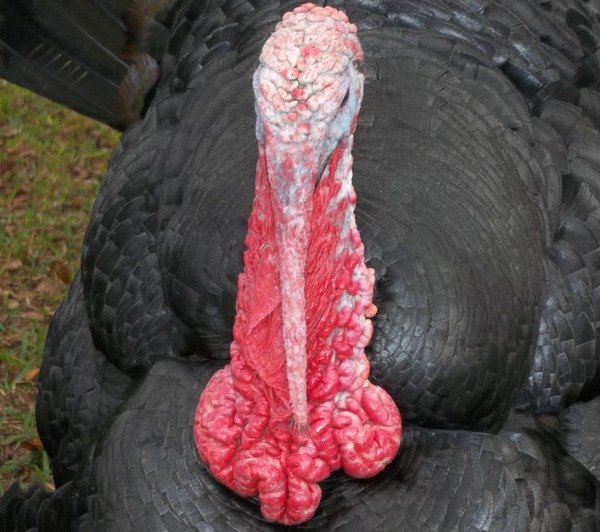
In tom turkeys the caruncles and wattle grow to outsize proportions and along with the snood will turn bright red during feather displays for courtship, disputes over flock status or just plain anger. The face however will turn bright blue! (note the snood extension during displaying)
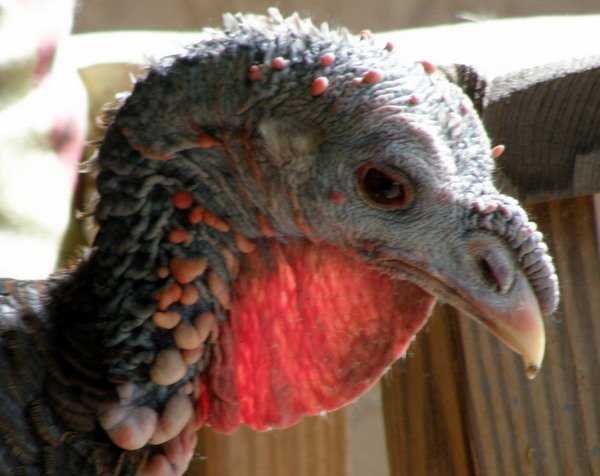
The turkey hen keep chicken like features-small heads and less bumps
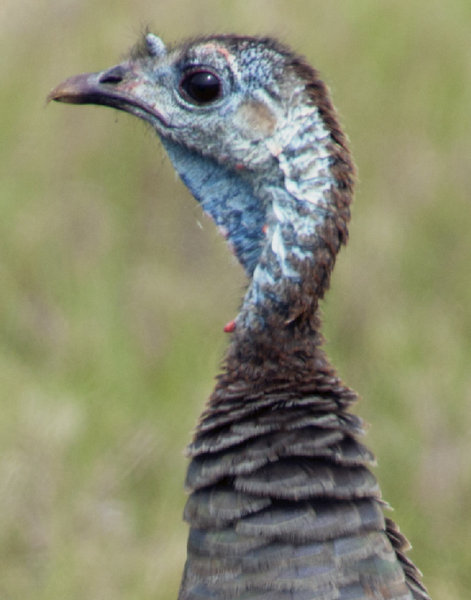
Young wild hen-note the Mohawk type hair style (rather feather style)
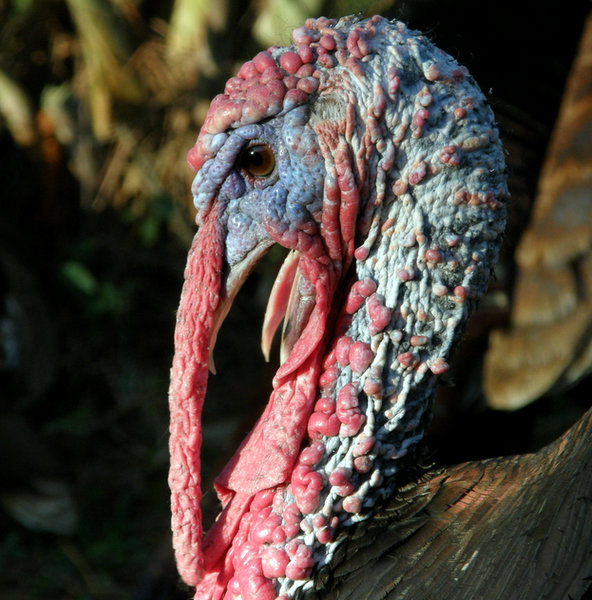
He is saying "Look at me!" Blue face, red bumps, elongated snood
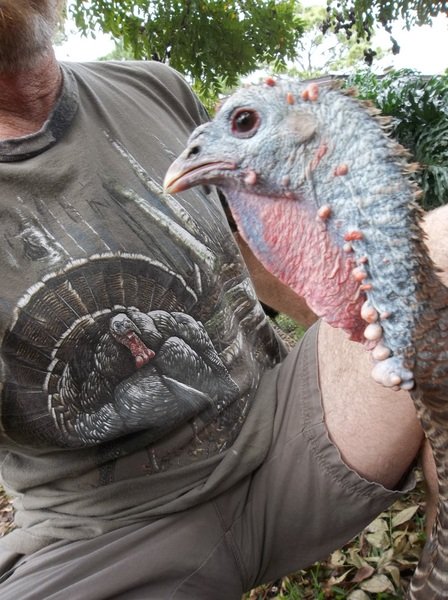
Butterball- a hen that is mix of wild and bourbon red. The hens will grow a Mohawk type ridge of feathers on the top of their head.
The Tom's heads are covered in bumps.
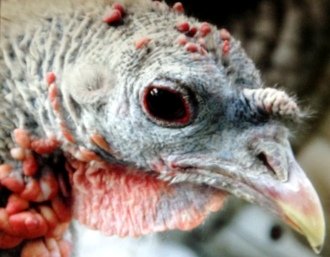
Hen face does not turn red like the male faces do
Final notes:
When for some reason, I have to heard young turkeys into a coop or pen, (or back into our yard) the young toms faces will turn red-from fear or nerves. Hens never have this particular non verbal communication. So even when there are no external signs or behavior, the red face alone is a gender identifier.

Return HOME from Turkey Tom or hen?

